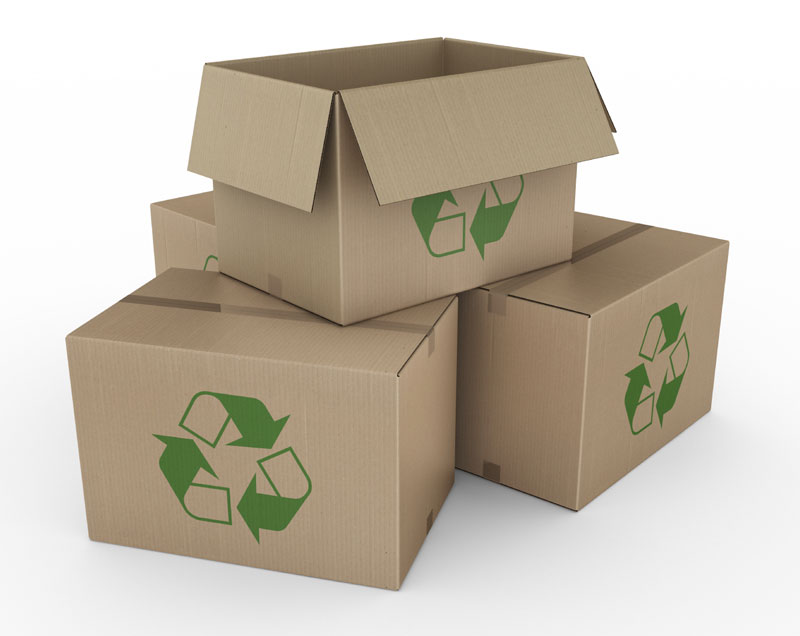It is forecast that in 2023 the recycled content of paperboard, metal and glass will remain about the same as currently since these are already mature and saturated recycling industries. The overall percentage of recycled content in plastic packaging is bound to increase as retail chains and brands commit to including more recycled content in their packs. Furthermore, governments in a number of countries have set stringent targets for a higher recycled content to be incorporated into packaging over the five years to 2023, especially for plastics.
According to Smithers Pira’s latest market report ‘The Future of Recycled Packaging Markets to 2023’, the values of the global recycled packaging materials used for packaging was $136.5 billion in 2018. This is forecast to grow by 5.7% annually year-on-year during 2018–23 to $180.1 billion.
This will see global recycled packaging materials consumption used for packaging amounted to rise from 188.7 million tonnes in 2018 and is forecast to grow at 4.7% year-on-year annually during the same period to reach 237.2 million tonnes. Major brand owners and large retail chains have announced sustainable packaging goals in response to growing public concern about the impact of waste packaging on the environment.
These include measures to:
- Eradicate difficult or unnecessary single-use plastic packaging
- Improving designs to use less or more sustainable materials
- Making all plastic packaging reusable, recyclable or compostable
- Ensuring that packaging contains recycled materials.
The European Union has also initiated a series of legislative packages and regulations that support the drive for greater use of recycled materials in packaging. Consumers are increasingly aware of sustainability practices that focus on end-of-life recycling, waste management issues and beginning-of-life choices. To that end in response to growing consumer and regulatory concern, brand owners and converters are starting to pay more attention to packaging that is designed to assist recycling.
